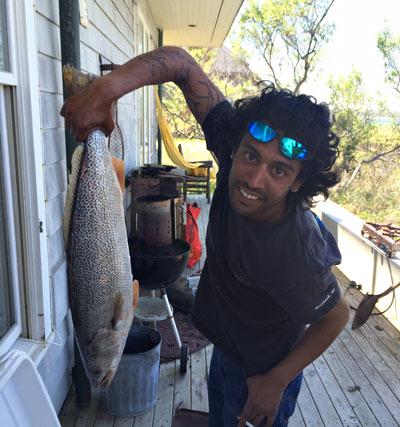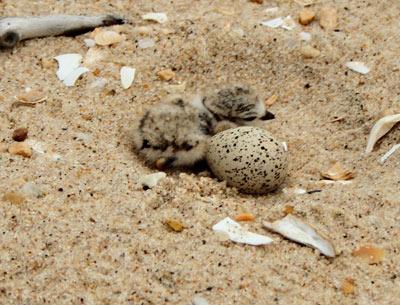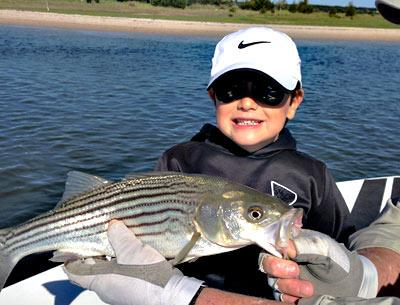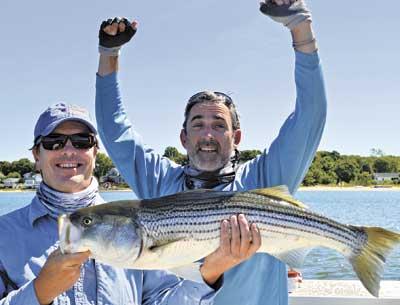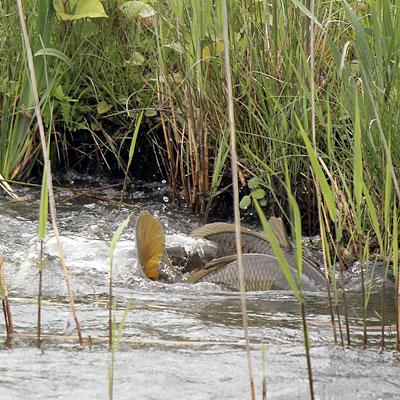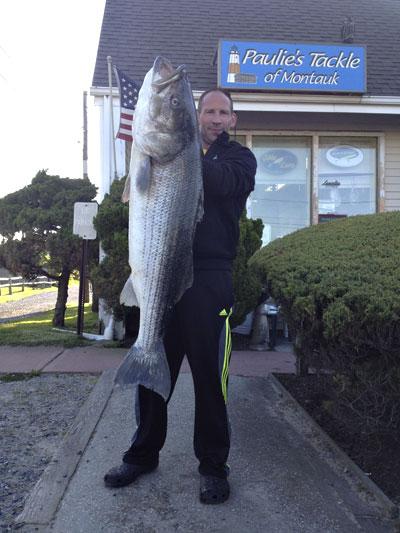Blessings and Jackpots
Blessings and Jackpots
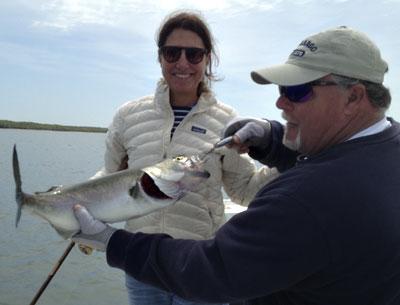
Shark tournaments are upon us. The captain’s meeting and beer bash for the Star Island Yacht Club’s 28th annual will take place this evening — entry fee, $1,000 per boat. The chum will flow Friday and Saturday, and sharks will be hoisted up the gibbet to be ogled, weighed, and necropsied.
Somewhere around $30,000 in prize money will be dispensed during the awards ceremony Saturday night, not counting the pool of much larger side bets. God help us.
I was thinking about God as the sloop Leilani approached the commercial dock with the rest of the Montauk fleet to receive the blessing of God’s earthly stewards on Sunday. We were under sail and so could not idle in line to pass close to the upheld hands of the clergy. Leilani liked the 10-knot wind blowing from the southwest. We passed perhaps 50 yards whence the blessings flowed and continued out the harbor inlet.
“Praise God from whom all blessings flow. Praise Him all creatures here below. Praise Him above ye heavenly host. Praise Father, Son, and Holy Ghost.” The old doxology came to mind. Go figure. Google tells me that Thomas Ken penned the lines back in 1674. I must have repeated them thousands of times during my Episcopal school days. I wondered, was Leilani too distant to have received the blessings, or did they get a lift from the southwest wind? I choose to believe the latter.
Last summer, a nine-foot blue shark was caught during Montauk’s first ever no-kill contest, the Shark’s Eye tournament, in which fish were photographed, fitted with satellite tags for research purposes, and released. The nine-foot blue received a tag and was adopted by the kids at the Montauk School, who were able to track the shark’s movements via their computers. They named the shark Beamer, as in “Beam me up, Scotty.” The tournament and festival were held from the Montauk Marine Basin, and will be again from July 11 through July 13. The entry fee per boat is $950.
Alas, Beamer was caught by a longline market fisherman off the coast of Costa Rica in May, but not before earlier calling on Rincon, Puerto Rico, a village well known to Montauk surfers and their families. The point is, a shark caught off our shores during a tournament lived another year, maybe reproduced, and taught a great number of people about its movements. During tournament season, some view God’s creatures as a blessing, others as a potential jackpot. I happen to believe that the sea is not a casino.
And, speaking of beliefs, Allan Weisbecker, author of “Cosmic Banditos,” “In Search of Captain Zero,” and “Can’t You Get Along With Anyone?” is a surfer and self-confessed “doubter” as in, he doesn’t believe we went to the moon, 9/11 was an inside job, the Internet is “black magic,” etc.
He has purchased a land yacht and will soon depart Montauk on his third, “and maybe final” pilgrimage to nowhere in particular in the company of his new dog, Gus. Gone before are Shiner, the dog who offered unconditional support during the writing of “Captain Zero,” and Honey, who did the same during the shooting of his new film, “Water Time: Surf Travel Diary of a MadMan.” He will be blogging en route.
The world premier of “Water Time” will be held at Rick’s Crabby Cowboy Cafe on Saturday, 9 a.m., no admission. The film is not a surf movie per se. Rather it’s a visually and mentally stimulating memoir of a surfing doubting-Thomas who has chosen to go through life poking his finger in history’s wounds to see if they’re real, to see who flinches. There is sure to be some flinching on Saturday night for sure.
Speaking of surfing and the grid, Montauk’s Nick Joeckel, Justin Burkle, and Travis Beckman are scheduled to return today from an off-the-grid surfari to Nicaragua. They scored great waves documented photographically by Joeckel. We look forward to the pics.
Cherry Harbor, on the west side of Gardiner’s Island, is a peaceful place. It’s where H.M.S. Culloden anchored out of the winter winds during the Revolution before taking off after French blockade runners during a winter storm. The result was the wreck of the Culloden on the eastern point of Fort Pond Bay in Montauk.
On Sunday, the Viking Starship party boat anchored up near where Culloden set sail on her ill-fated chase. According to the Starship’s log, her anglers experienced “the best bite yet in the sweet waters of Cherry Harbor. Before we anchored up we had porgies on and it hasn’t stopped. Jumbos started chewing after the tide changed and coolers were stuffed to the limits.” A man named Carlos Moreno of Corona won the pool with a 3.1-pound porgy, which he probably considered both a jackpot and a blessing.

